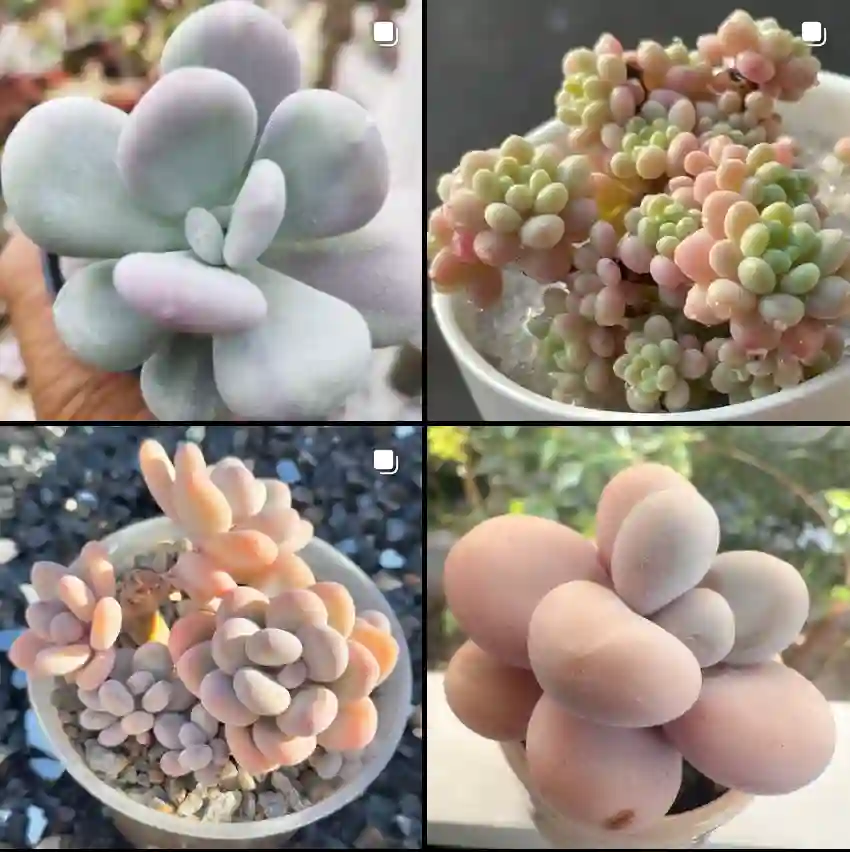What is Brugmansia Charles Grimaldi?
Brugmansia Charles Grimaldi is one of those plants that instantly catches your attention. This variety of Brugmansia, commonly known as Angel’s Trumpet, is famous for its large, pendulous flowers that can grow up to 12 inches long. The blooms are a vibrant golden-orange and release a sweet, intoxicating fragrance, especially during the evening. I’ve always admired how these flowers bring a touch of the exotic to the garden, making them a centerpiece in any landscape.
9 Species in Genus Brugmansia
How to Care for Brugmansia Charles Grimaldi?
Caring for Brugmansia Charles Grimaldi has been a rewarding experience. The plant thrives in full sun to partial shade, and I’ve found that it does best in well-drained, rich soil. Regular watering is crucial, especially during the growing season, as the plant is quite thirsty. I usually water it deeply, ensuring the soil remains moist but not waterlogged.
Fertilizing is another key aspect. I typically use a balanced, slow-release fertilizer every few weeks during the growing season. This helps support the plant’s vigorous growth and abundant flowering. Pruning is also essential; I usually trim it back in early spring to encourage new growth and to keep the plant’s shape under control.
How to Propagate Brugmansia Charles Grimaldi?
Propagating Brugmansia Charles Grimaldi has been relatively straightforward for me. The easiest method I’ve found is by taking stem cuttings. In late spring or early summer, I select a healthy, non-flowering stem and cut a section about 6-8 inches long. I remove the lower leaves and dip the cut end in rooting hormone to encourage root development.
I then plant the cutting in a pot filled with a mix of perlite and peat moss, which provides good drainage and aeration. Keeping the cutting in a warm, humid environment and ensuring the soil stays moist helps in root formation. Within a few weeks, roots typically begin to develop, and I’ve had success transplanting the new plant into the garden once it’s well-established.
What to Plant with Brugmansia Charles Grimaldi?
When it comes to companion planting, Brugmansia Charles Grimaldi pairs well with other tropical or subtropical plants that can complement its dramatic flowers. I’ve planted it alongside Hibiscus, Canna Lilies, and Bird of Paradise, creating a lush, vibrant landscape. These plants not only share similar growing conditions but also offer contrasting textures and colors that enhance the overall visual appeal of the garden.
I’ve also found that Brugmansia Charles Grimaldi can be an excellent backdrop for smaller, shade-loving plants like Hostas or Ferns when planted in partial shade. This combination creates a layered effect in the garden, adding depth and interest.
How to Use Brugmansia Charles Grimaldi in Landscaping?
Brugmansia Charles Grimaldi is a showstopper in any garden. I often use it as a focal point in large containers or as a standalone specimen in a garden bed. Its towering height and cascading flowers make it perfect for creating a dramatic effect, especially when placed near entryways or patios where its fragrance can be enjoyed.
In my experience, Brugmansia Charles Grimaldi also works well in mixed borders, where its height can provide structure and vertical interest. When planted along fences or walls, it can create a stunning living screen, adding both beauty and privacy to the garden.
Is Brugmansia Charles Grimaldi Toxic?
Yes, Brugmansia Charles Grimaldi is highly toxic. This is something I always emphasize when sharing tips about this plant. All parts of the plant contain alkaloids that are poisonous if ingested, and they can cause severe symptoms like hallucinations, paralysis, or even death. I always handle the plant with care, especially when pruning or propagating, and I make sure to wash my hands thoroughly afterward.
If you have pets or small children, it’s important to consider the plant’s placement in the garden. I keep mine in areas where it’s less accessible to curious hands and paws, and I always remind visitors to admire its beauty from a distance.
How to Protect Brugmansia Charles Grimaldi in Winter?
In regions with mild winters, Brugmansia Charles Grimaldi can often be left outside, but in colder climates, it requires protection. I usually bring mine indoors or into a greenhouse before the first frost. If that’s not possible, I’ve had success with cutting the plant back and covering it with a thick layer of mulch to insulate the roots.
For those who prefer to keep their Brugmansia outdoors, wrapping the plant in burlap or frost cloth can provide some protection against freezing temperatures. I’ve found that this helps the plant survive winter and bounce back with vigorous growth in the spring.
Conclusion
Brugmansia Charles Grimaldi is truly a plant that brings a touch of magic to any garden. Its stunning flowers, intoxicating fragrance, and striking appearance make it a favorite of mine. However, it does require some care and attention, particularly regarding its toxicity and winter protection. Whether you’re an experienced gardener or a beginner, adding Brugmansia Charles Grimaldi to your garden can be an incredibly rewarding experience. Just be sure to give it the care it needs, and you’ll be rewarded with a spectacular display year after year.
If i die, water my plants!



